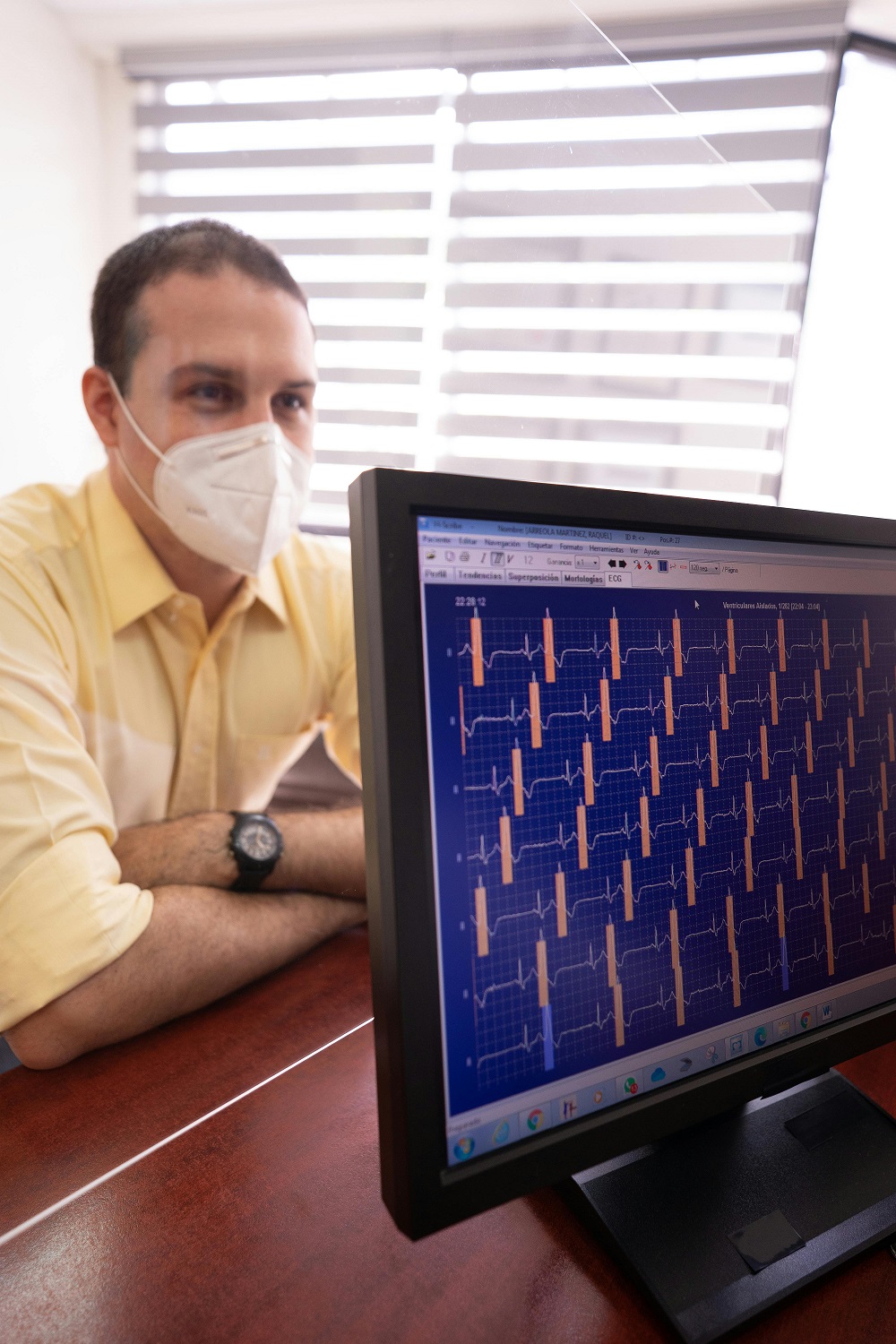

Extreme cold and heat can damage tissue. That’s what burns and frostbite are. From this, you’d think that this should be avoided at all costs. But are there conditions where tissue damage might actually be the treatment? For liver cancer, abnormal tissues, endometriosis, or heart issues, destroying cells is essential.
Ablation therapy is a minimally invasive procedure that treats conditions without requiring a long hospital stay. Let’s answer the following questions: What exactly is ablation therapy? What does a cardiac ablation procedure looks like? Are there potential risks involved in this procedure to destroy abnormal cells?
Ablation therapy is a minimally invasive surgery that destroys or removes tissue using either extreme heat or cold without causing pain to the patient.
Cardiac ablation is used to correct irregular heartbeats like atrial fibrillation. It works by creating scar tissue on a specific part of the heart. Ablation is also used to treat certain cancers. Additionally, endometrial ablation therapy can help reduce heavy menstrual bleeding.
In cardiology, ablation can help treat irregular heart rhythms in patients who haven’t responded to medication. It is also beneficial for those at risk of sudden cardiac arrest or unable to take medication. Ablation therapy can be done using several ablation techniques.
Catheter ablation uses a small tube to thread the electrode catheters used in creating the scar tissue up through blood vessels to the heart. Two common types of catheter ablation are radiofrequency ablation and microwave ablation.
Scar tissue is created in the heart using heat from radiofrequency energy. These radiofrequency waves use heat to scar and restore normal heart rhythm.
Another type of catheter ablation is microwave ablation. This type of ablation uses microwave energy to treat heart arrhythmia but can also be used to destroy tumors.
A cardiac catheter ablation procedure has a clear benefit over open heart surgery as it is a minimally invasive procedure. While catheter ablation does usually require an overnight stay in the hospital, the recovery time is far less than with open heart surgery with its large incisions and tissue damage needed to access the heart directly.
A shorter catheter ablation procedure may only require local anesthetic instead of general anesthesia used in open surgery. This again leads to a shorter recovery time and is less invasive. It also reduces the potential for reactions to anesthesia.
Before a cardiac ablation surgery, a doctor will order all necessary blood tests and imaging to make sure the patient’s overall health is stable enough to undergo the procedure. The healthcare provider might order tests like echocardiograms to assess heart structure and function.
On the day of the cardiac ablation procedure, the patient will have all their vital signs taken, lie flat on a table, and be given medications that help them relax and not feel pain. The doctor will then start by puncturing the skin and blood vessels to insert the catheter. These flexible tubes inserted in a vein or artery will then carry the necessary tools to the correct area of the heart tissue.
Once the procedure begins, and depending on the severity of irregular heartbeats, the cardiac ablation shouldn’t take more than a few hours. The provider will use mapping systems to locate abnormal tissue during the procedure. After the procedure is over the patient will spend some time in the recovery room and be monitored to make sure they do not have any immediate problems.
After discharge, the patient will need to follow up with their healthcare provider within a short period of time. Most people can resume normal activities within a few days of cardiac ablation. Although heavy physical activity should be avoided for a week.
Complications from catheter ablation are rare. While blood thinning medications are given during the procedure, a potential risk is a blood clot. There is also the risk of bleeding from the puncture site or any involved blood vessels.
Anesthesia may cause the patient to feel sick for a while during recovery, which is why a patient will be monitored closely for a time after the procedure.
While a small needle puncture site used in cardiac ablation reduces the risk of infection in comparison to a larger incision, there is still a small chance for infection anytime the skin is punctured. The patient is sent home with clear instructions on what to watch out for regarding infection. If any symptoms of bleeding or infection are seen, the patient should seek immediate care from their healthcare provider.
The patient might still need to take medication that they were taking before to treat their irregular heartbeats depending on what other treatments their doctor says are needed.
Whether a patient needs a procedure to correct irregular heartbeats, a woman needs treatment to help with excessive bleeding from endometriosis, or a patient with liver disease requires a doctor to remove tumors, ablation may be the answer.
Ablation therapy is a safe and effective tool used by many doctors and hospitals. These minimally invasive surgeries, many using catheters, require little recovery time, minimize blood loss, and carry less risk of infection compared to larger surgeries.
If a doctor recommends ablation therapy, the patient can be confident that the procedure has been thoroughly researched and might just be the right therapy to treat their condition.

0 comments